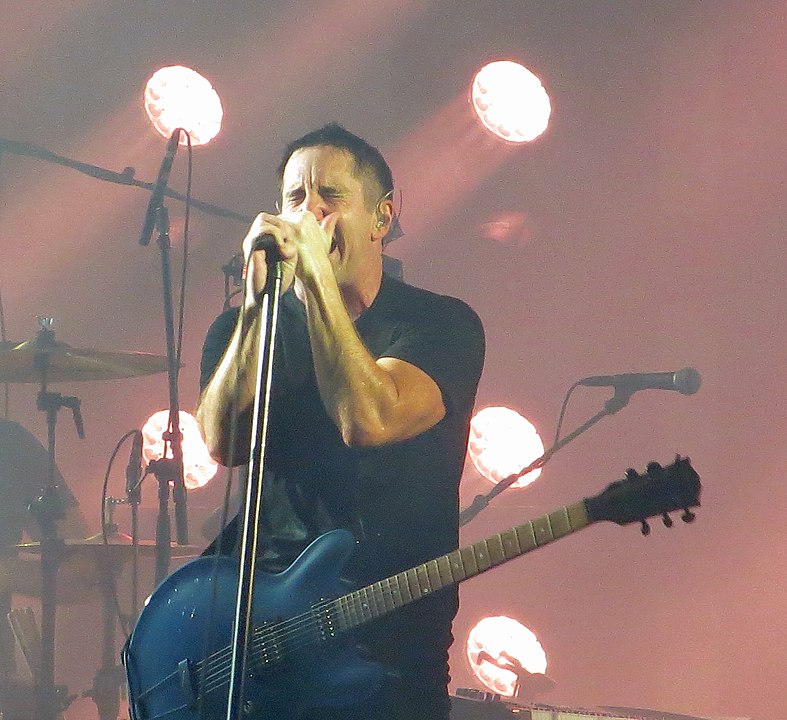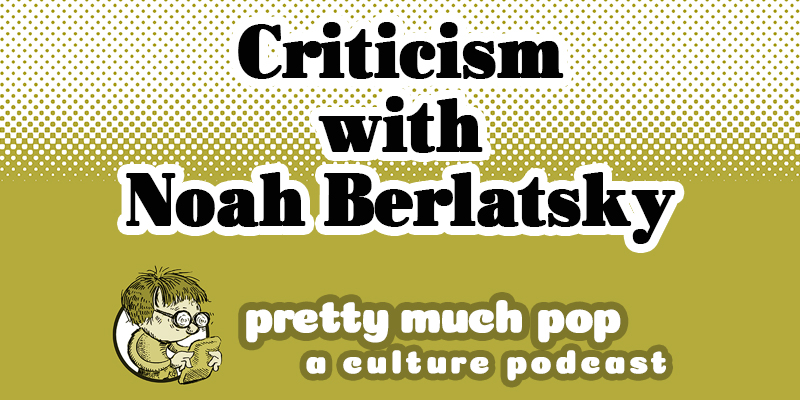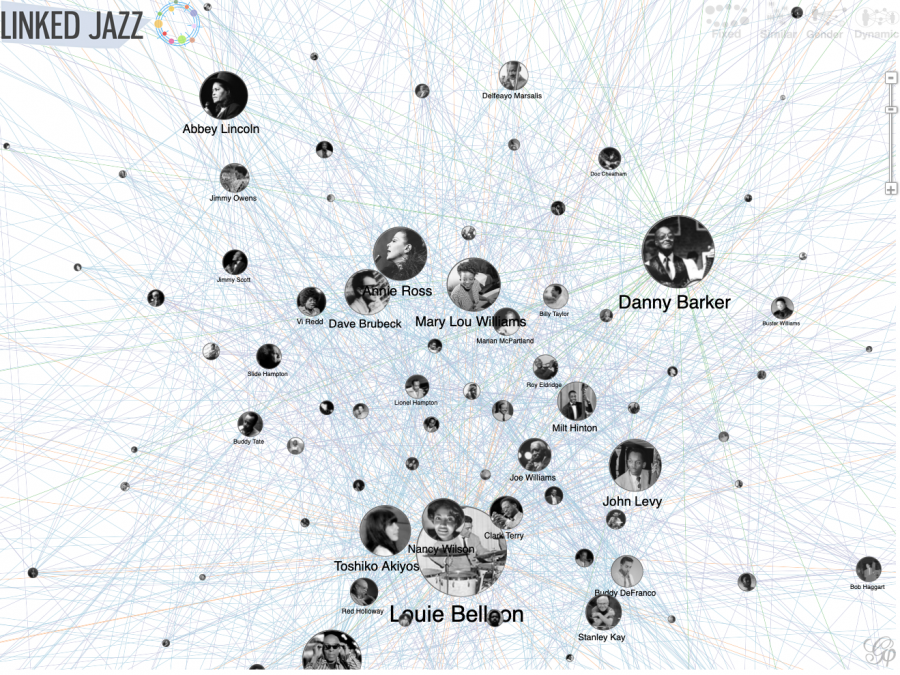Like an Old Testament prophet with smartphone, Bob Dylan has appeared the midst of catastrophe to drop a new previously unreleased track, “Murder Most Foul,” on Twitter. Ostensibly a 17-minute song about JFK’s assassination, it’s “the first evidence of original songwriting that we’ve had in eight years from one of the most original songwriters of our era,” writes Kevin Dettmar, Professor of English at Pomona College, for The New Yorker.
The move seems like a weird one—“’weird’ with its full Shakespearean force, as in the ‘weird sisters’ of ‘Macbeth.’” Its title, however, comes from Hamlet. Uttered by the ghost of Hamlet’s father, the phrase shows us the murdered king pronouncing judgment on his own death. It is also the title of the third Miss Marple film, released in the U.S. in 1964, the same year (to the month) that the Warren commission submitted its report to Lyndon Johnson.
Is Dylan pulling us into what may be the most bottomless of modern conspiracy theories, with a Shakespearean allusion suggesting we might hear the song as emanating from Kennedy himself? He’s more than aware of what he’s doing with the many specific references to the murder, drawing out the most committed of conspiracy theorists in YouTube comments. As Andy Greene writes at Rolling Stone, “Murder Most Foul” is:
Packed with references only JFK buffs will likely recognize, like the ‘triple underpass’ near Dealey Plaza, the removal of his brain during the autopsy, and the ‘three bums comin’ all dressed in rags’ captured on the Zapruder film that conspiracy theorists have been obsessing over for decades. Clearly, Dylan has spent a lot of time reading books and watching documentaries about this.
There is so much more besides. Dylan weaves densely allusive texts, just as another poet to whom he bears some comparison, John Milton, whose work has been background for Dylan’s songwriting for decades, including a sly allusion to Paradise Lost in 1965’s “Desolation Row,” another prophetic work that stretches over the ten-minute mark (and ends with passengers on the Titanic shouting “Which side are you on?”)
In 2006, Dylan opened an episode of his Theme Time Radio Hour broadcast with lines from the first book of Paradise Lost: describing Satan “hurled headlong flaming from the ethereal sky.” Dylan has long been obsessed with the Devil, as literary scholar Aidan Day argues in a comparison of Dylan and Milton. Likewise, he is obsessed with apocalyptic falls from grace. Songs abound with images of the powerful brought low, the lowly brought lower, and the whole world sinking like an ocean liner. He returned to the theme in 2012’s “The Tempest,” a 14-minute epic about the Titanic.
Why JFK, and why now? As he vaguely notes, the song was “recorded a while back.” Dettmar estimates sometime in the last decade. Does it live up to Dylan’s earlier epics? Hear it above and judge for yourself. (And see many of its lyrical references at its Genius page.) Dettmar calls its first half “doggerel” and the opening lines do sound like a fifth-grade history presentation: “’Twas a dark day in Dallas, November, ‘63/The day that would live on in infamy.”
Is this cliché or a satire of cliché? (Dylan was fond of “ ‘Twas the Night Before Christmas.”) Things soon take a darker turn, with lines full of Miltonian portent: assassination becomes regicide: The day they blew out the brains of the king/Thousands were watching, no one saw a thing.
Allusions tumble out, line after line. Once Dylan gets to Wolfman Jack, verse two begins, and “something amazing happens,” writes Dettmar. “We’re presented with another version of the Great American Songbook.”—JFK’s death now prelude for all the cultural shifts to come. “Wolfman, oh Wolfman, oh Wolfman, howl/Rub-a-dub-dub, it’s a murder most foul.” NPR’s Bob Boilen and Ann Powers have compiled a playlist of the dozens of songs referenced in the second half of “Murder Most Foul,” a compilation of the music Dylan admires most.
What is he up to in this track? Is “Murder Most Foul” a summation of Dylan’s career? Dylanologists will be puzzling it out for years. But the last line of his Twitter announcement sure sounds like a cryptic farewell wrapped in a warning: “Stay safe,” Dylan writes, “stay observant, and may God be with you.”
Related Content:
A Massive 55-Hour Chronological Playlist of Bob Dylan Songs: Stream 763 Tracks
Hear Bob Dylan’s Newly-Released Nobel Lecture: A Meditation on Music, Literature & Lyrics
Bob Dylan’s Thanksgiving Radio Show: A Playlist of 18 Delectable Songs
Josh Jones is a writer and musician based in Durham, NC. Follow him at @jdmagness





